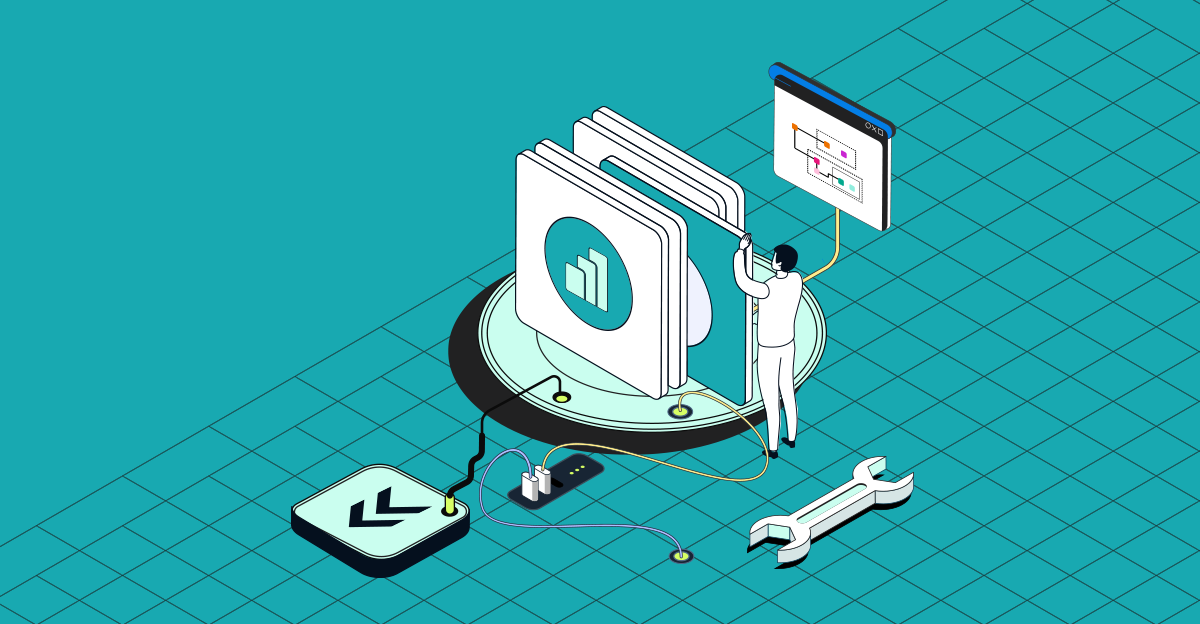
How Pearson's security team used threat modeling to achieve digital transformation for mitigating risk and improving the lives of its students.
A major part of Pearson’s approach to security is threat modeling. A systematic process that allows security teams to identify product-specific threats and mitigating countermeasures.
Traditional threat modeling can have significant limitations when used at scale, because the process is manual. Due to the size of Pearson’s operations, it knew that traditional threat modeling couldn’t keep up with the pace of technological advancements – and therefore the advancements in security threats. So the company took the decision to embrace automation in its threat modeling.
Watch the video below now to discover what happened.


